W miniony piątek w Galerii Miejskiej "Arsenał" otwarta została druga, znacznie obszerniejsza i zdecydowanie ciekawsza od pierwszej, część wystawy "Sztuka rewitalizacji". W tej odsłonie biorą udział twórcy, których prace zostały zakwalifikowane do zbioru "Pixelprojekt_Ruhrgebiet". Zbiór ten, jak relacjonował po wernisażu kurator Peter Liedtke, stanowi materiał fotograficzny (około 6500 zdjęć) odnoszący się do terenu Zagłębia Ruhry, i składa się wyłącznie z serii, bez ograniczenia charakteru (dokumentalne, konceptualne itp.). Zdjęcia pojedyncze nie są akceptowane z zasady, aby wyeliminować przypadkowość wypowiedzi. Prace kwalifikuje wieloosobowe jury, złożone z autorytetów, nie tylko z dziedziny fotografii. Obok nazwisk mało znanych znalazły się w nim także prawdziwe gwiazdy, takie jak Leonard Freed czy Duane Michals. Stowarzyszenie, działające niezależnie, regularnie organizuje wystawy, na których licznie zjawiają się, oprócz miłośników fotografii, przedstawiciele rządu Nadrenii - Północnej Westfalii oraz szefowie firm i korporacji - stosowne dokumentacje zostały także zaprezentowane. Wolę się nie zastanawiać nad porównaniem z Poznaniem. Jesteśmy (nie tylko pod tym zresztą względem) lata świetlne za Niemcami, skoro na ciekawą, dobrze rozreklamowaną festiwalową wystawę, połączoną z trzema znakomitymi prezentacjami, przychodzi małe kilkadziesiąt osób, a władz oczywiście ani widu ani słychu, o przemysłowcach nie wspominając. Wystawę w "Arsenale" tworzą następujący autorzy:
Marcus Düdder, „1000°, Fotografie z krematoriów”, 1999-2000
Fatih Kurceren, „Turcy“, 2008-11
Sebastian Mölleken, „Miłośnicy”, 2007
Antje Hoefer, „Na kempingu”, 2001
Harald Hoffmann, „Różnice. Biedny w Mülheim”, 2008
Béatrice Klein, „Górnicy”, 2005
Sascha Kraus, „Zmiana perspektywy”, 2006
Dirk Krüll, „Kultura plażowania w Zagłębiu Rury”, 2008, „Rozbiórka koksowni Kaiserstuhl”, 2004
Britta Lauer, „Złomowyspa”, 2006
Daniel Sadrowski, „Duisburg, Karl-Lehr-Straße“, 2010
Claudia Thoelen, „Klinicznie czysty. Fotografie na temat higieny w szpitalnej”, 2005
Julia Unkel, „W obliczu”, 2011
Iris Wolf, „Na życzenie”, 2005-2006
Julia Unker i Marcus Düdder bardzo szczegółowo opowiedzieli o swoich projektach. Szczególnie interesujące były fragmenty poświęcone opanowywaniu własnych odczuć i emocji w zestawieniu z takimi obiektami jak krematoria czy przemysłowe rzeźnie. Praca była niełatwa, ale z pewnością warto było. Efekty są dalekie od dosłowności i epatowania makabrą, mimo to obrazy oddziałują bardzo mocno.
Last Friday the City Gallery "Arsenal" opened the second part of the exhibition "The Art of Revitalisation", much larger and far more interesting than the first one. A selection of artists is presented, whose works have been accepted into the collection of "Pixelprojekt_Ruhrgebiet". This collection, as told after the vernissage by the curator Peter Liedtke, contains about 6500 photographs related to the Ruhr area, and consists solely of series, not limited by genre (documentary, conceptual, etc.). Single photos are not allowed, in order to eliminate the randomness of expression. The works are qualified by a jury, members of which are authorities, not only in the field of photography. In addition to lesser-known names there are also real stars in the collection, such as Leonard Freed or Duane Michals. The association, acting independently, organises exhibitions on regular basis. During the openings, in addition to countless photography enthusiasts, officials and business leaders show up - the relevant documentation was also presented. I prefer not to think about the comparison with Poznan. We are (not only in this respect anyway) light years behind Germany - because an interesting, well-publicised exhibition, combined with three brilliant presentations, attracts just a few dozens of people (and obviously no-one from the authorities or industrialists). The exhibition in the "Arsenal" is made up of the following authors:
Marcus Düdder, "1000°, Photographs from the Crematoria", 1999-2000
Fatih Kurceren, "Turks", 2008-11
Sebastian Mölleken, "Lovers", 2007
Antje Hoefer, "The camp", 2001
Harald Hoffmann, "Differences. The Poor in Mülheim ", 2008
Beatrice Klein, "Miners", 2005
Sascha Kraus, "Changing Perspectives", 2006
Dirk Krüll, "The Culture of Sunbathing in the Ruhr Area", 2008, "Demolition of the Kaiserstuhl Coke", 2004
Britta Lauer, "Scrap-metal-island", 2006
Daniel Sadrowski, "Duisburg, Karl-Lehr-Strasse", 2010
Claudia Thoelen, "Clinically Clean. Photographs on Hygiene in the Hospital", 2005
Julia Unkel, "In the Wake", 2011
Iris Wolf, "On Request", 2005-2006
Julia Unker and Marcus Düdder spoke in great detail about their projects. Of particular interest were the pieces about controlling their own feelings and emotions during the work in large objects such as crematoria or industrial slaughterhouses. The work was not easy, but definitely worthwhile. The effects are far from literal (and any macabre), nonetheless the images speak a clear language.

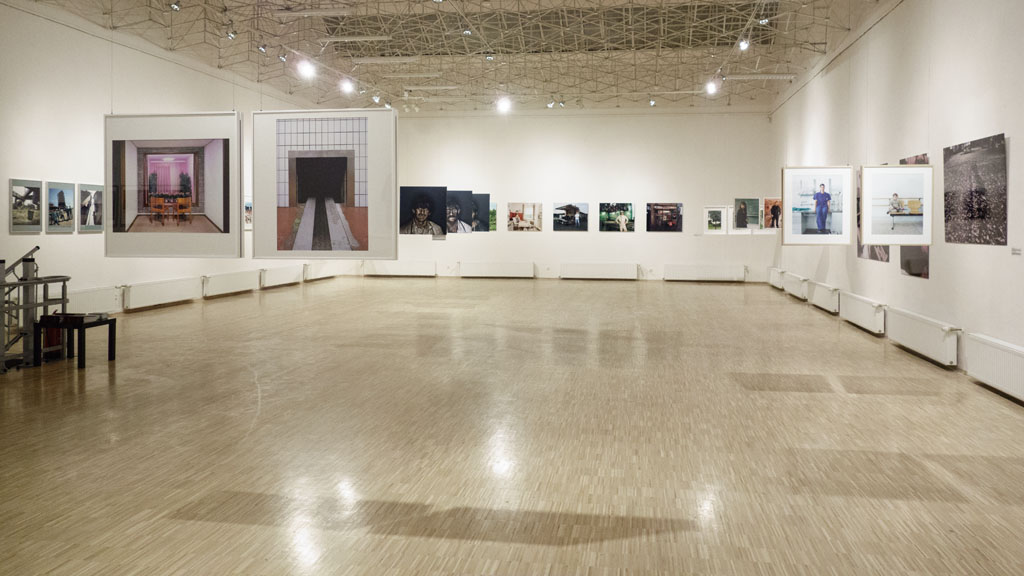
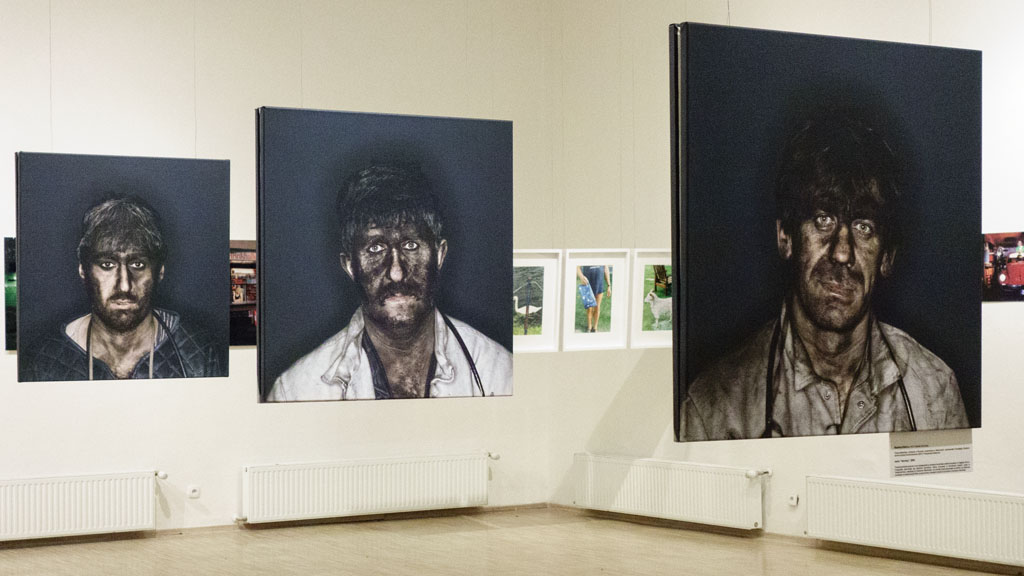
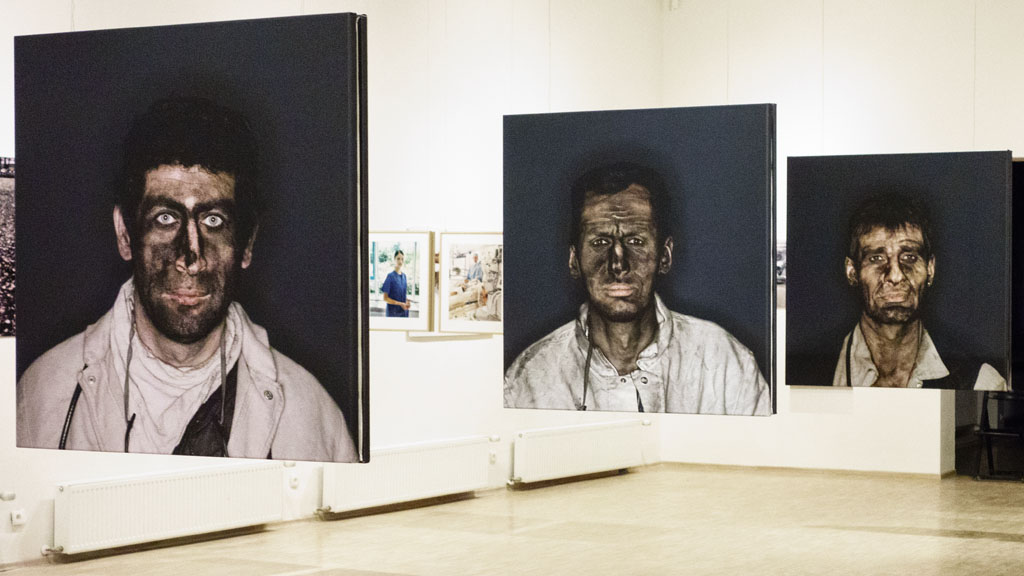
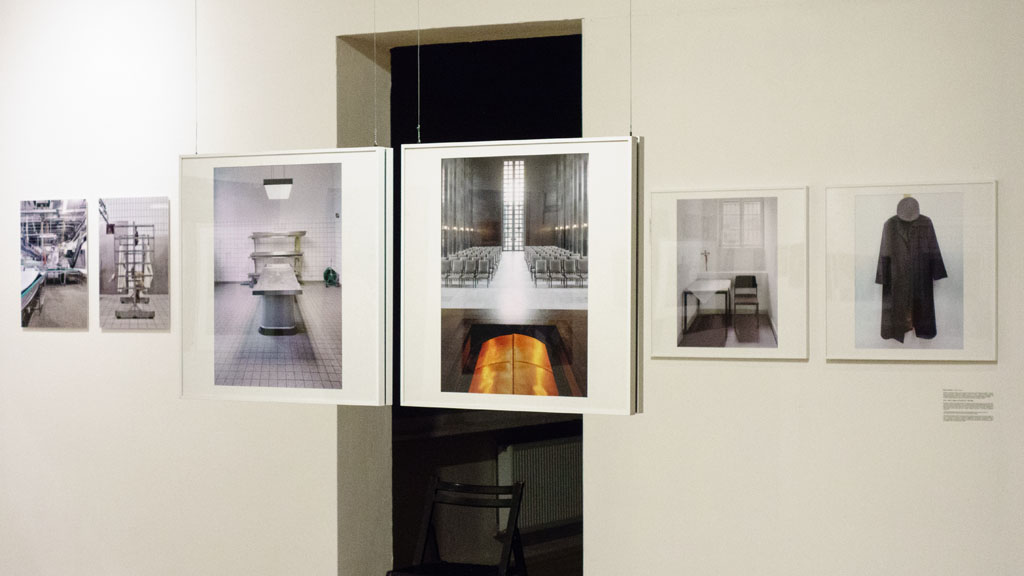
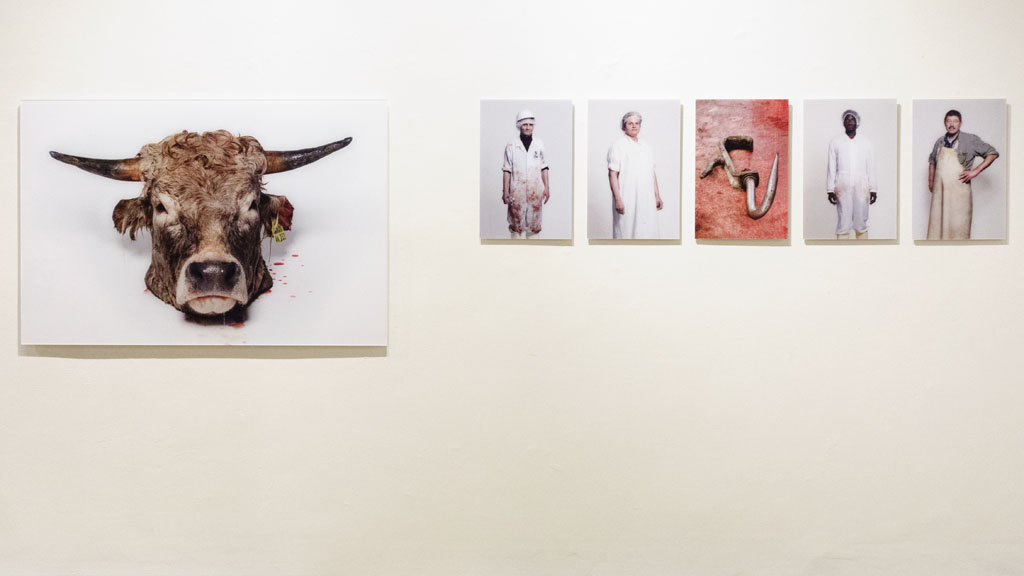
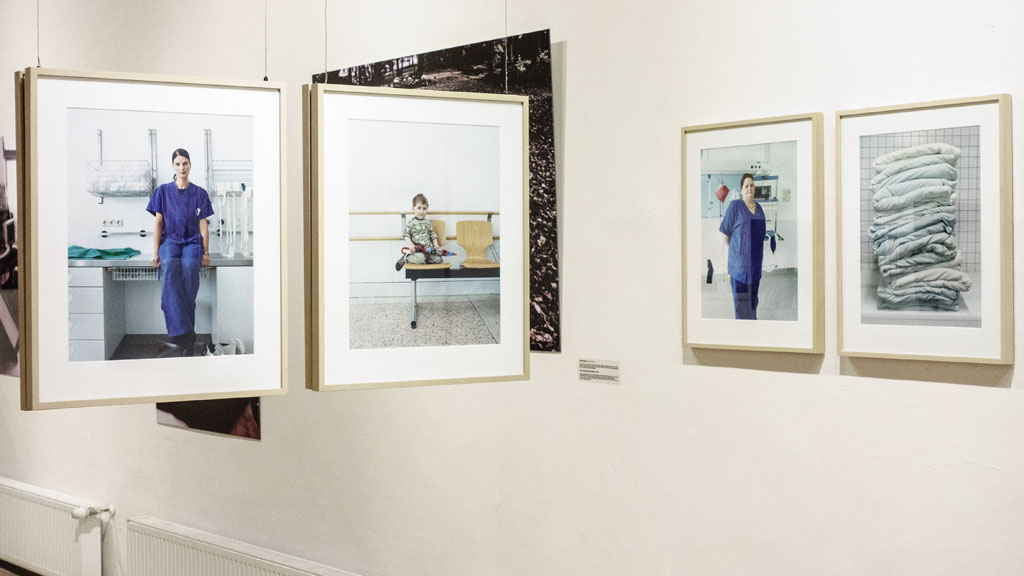
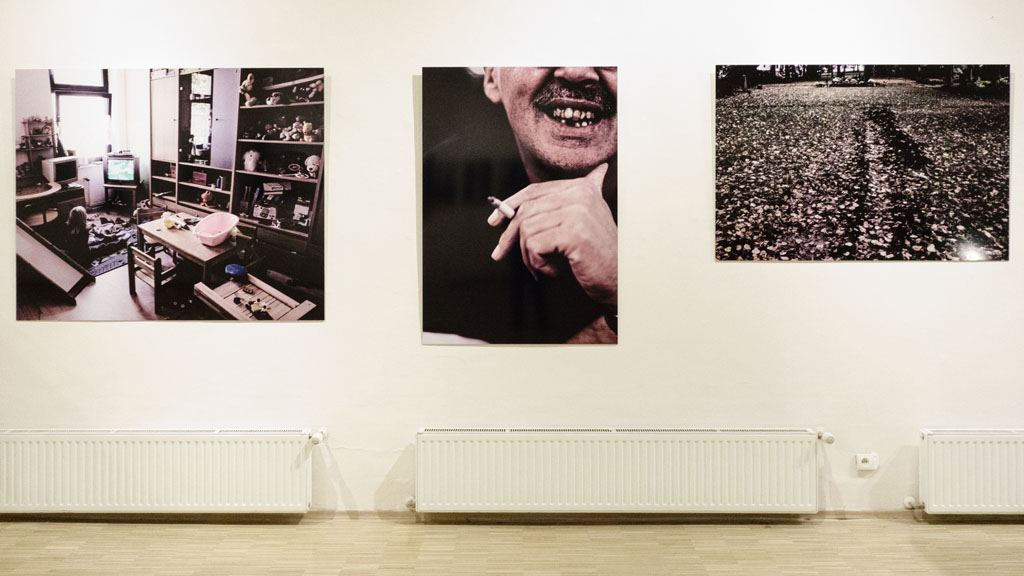
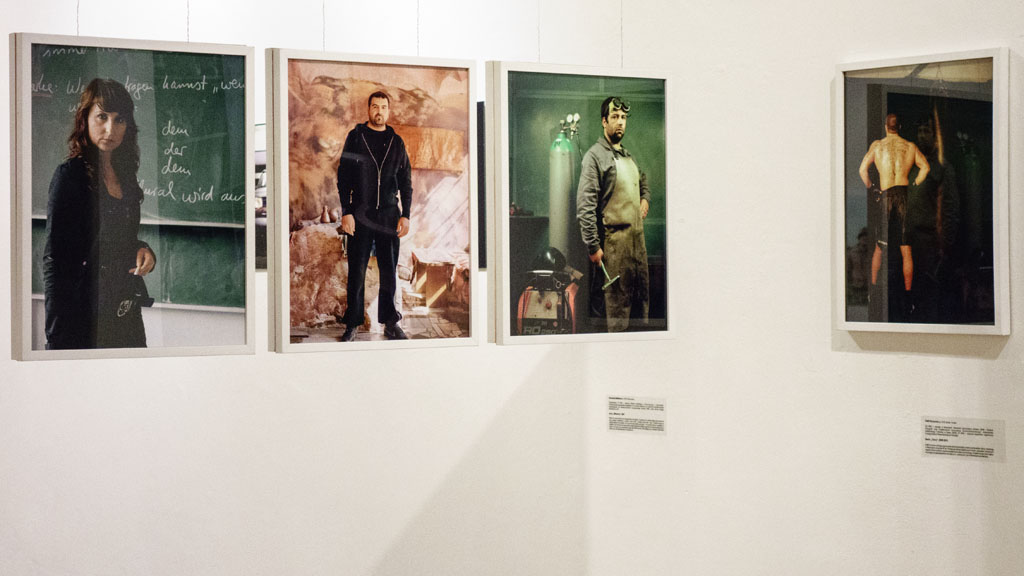
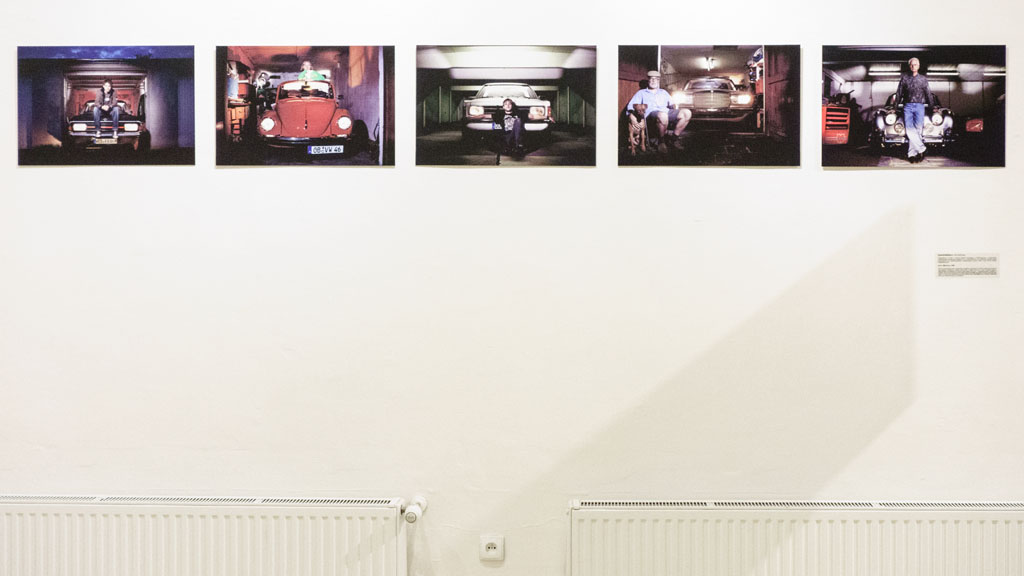
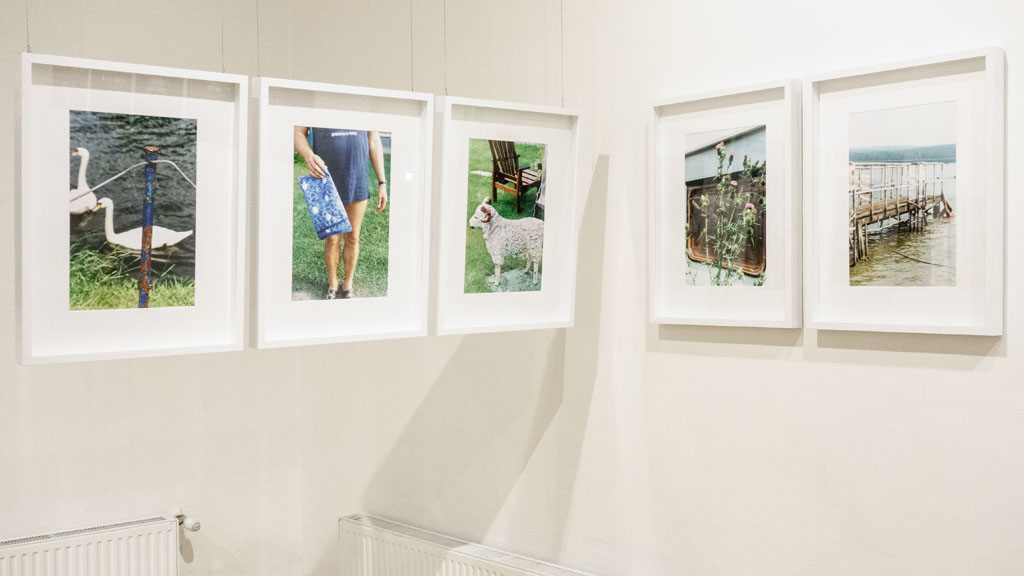
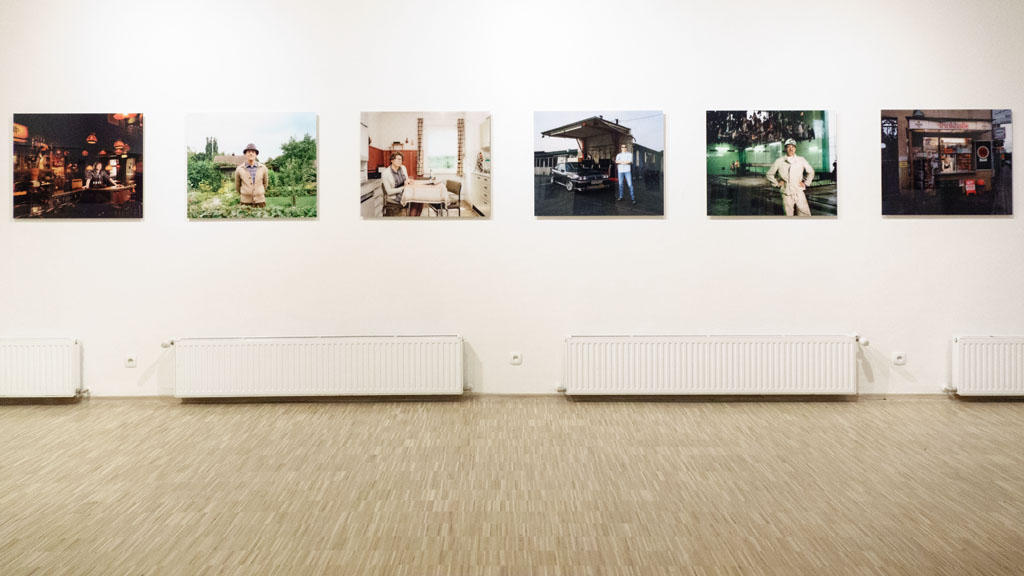
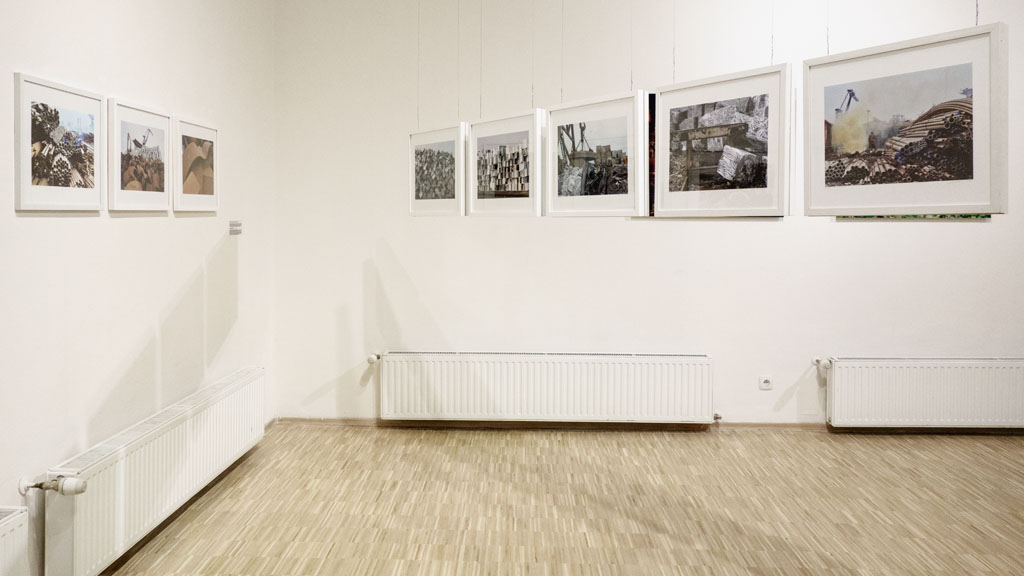
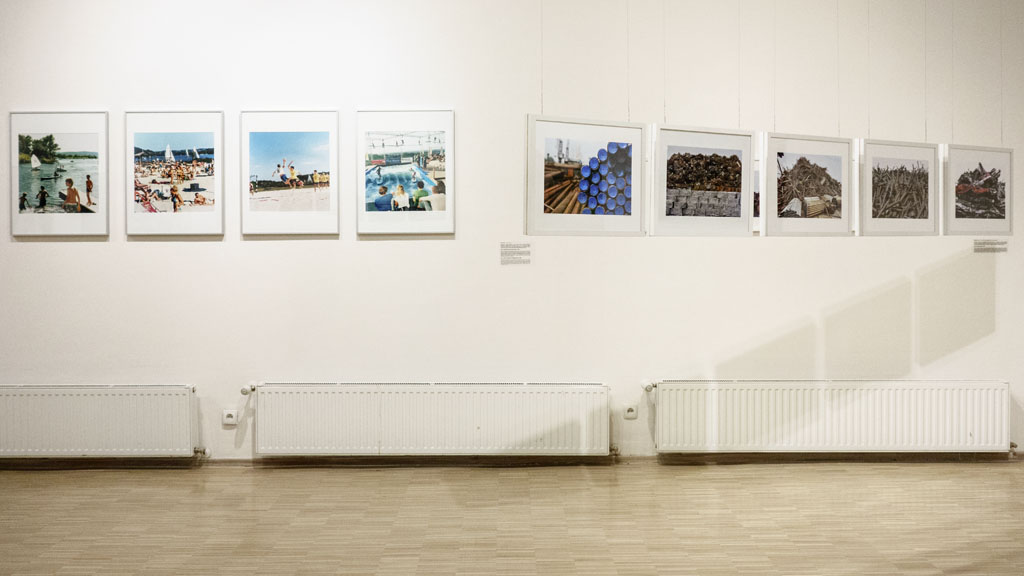
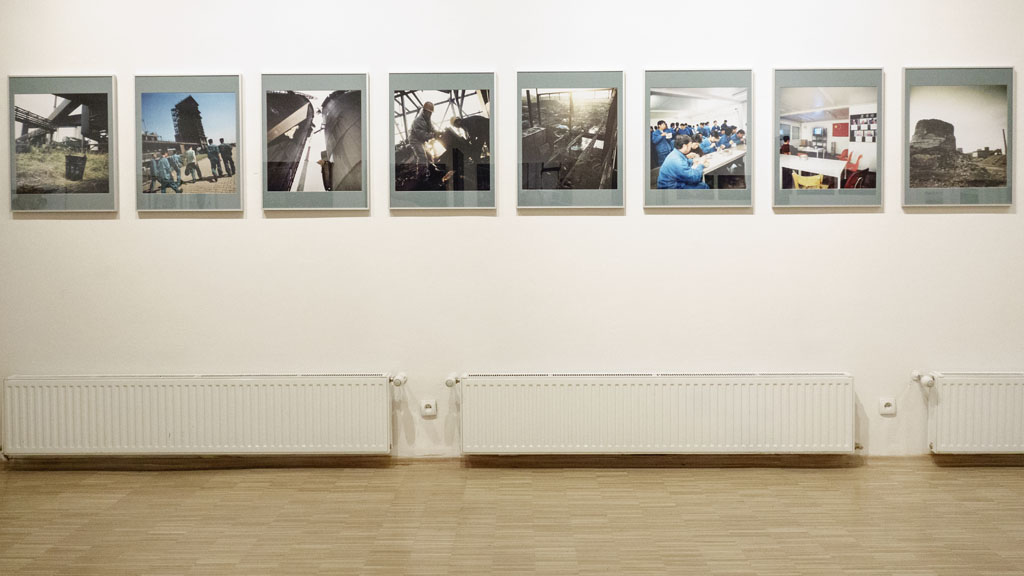
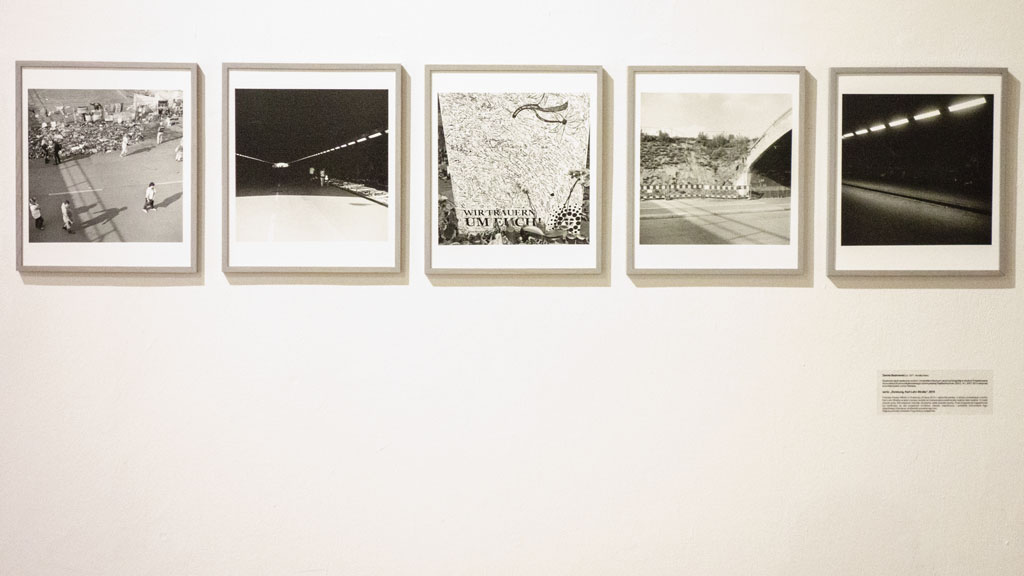
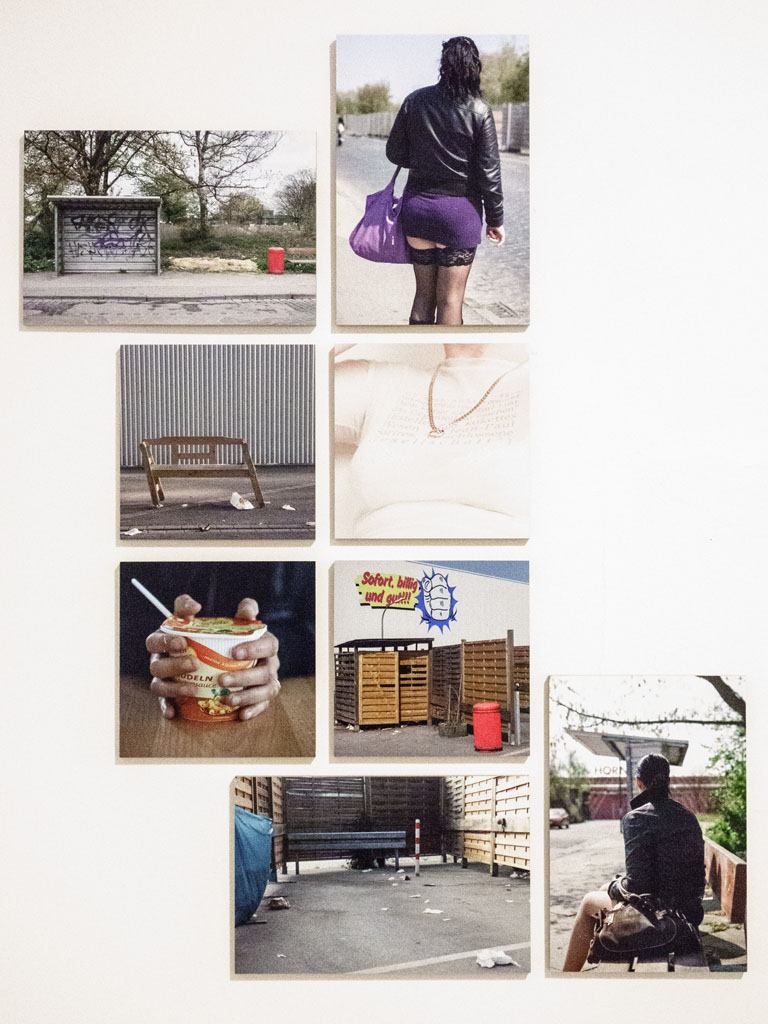
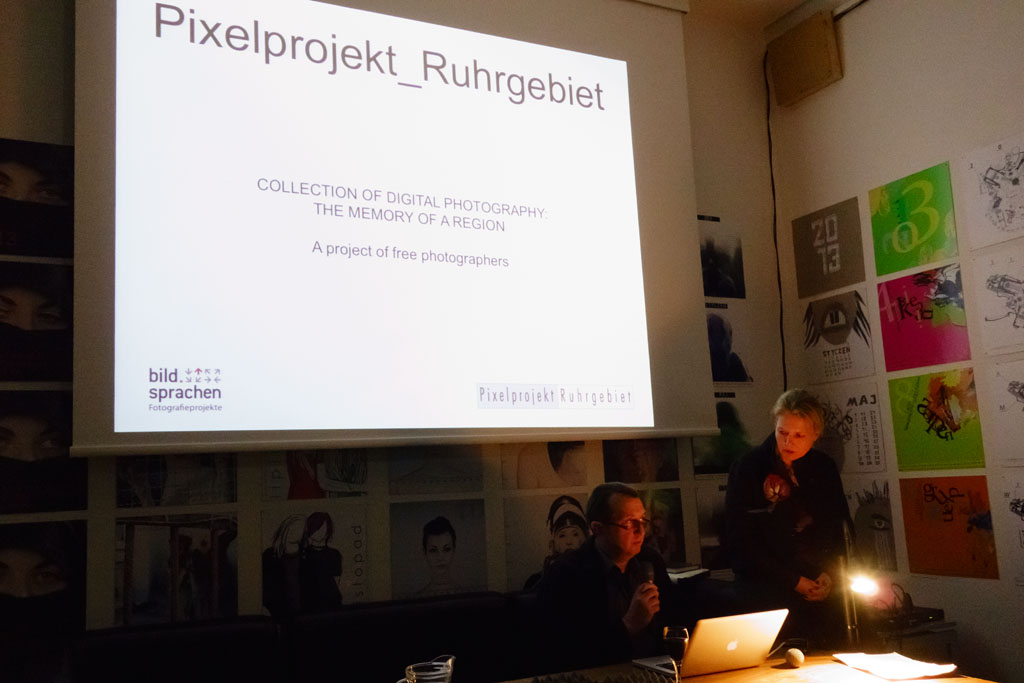
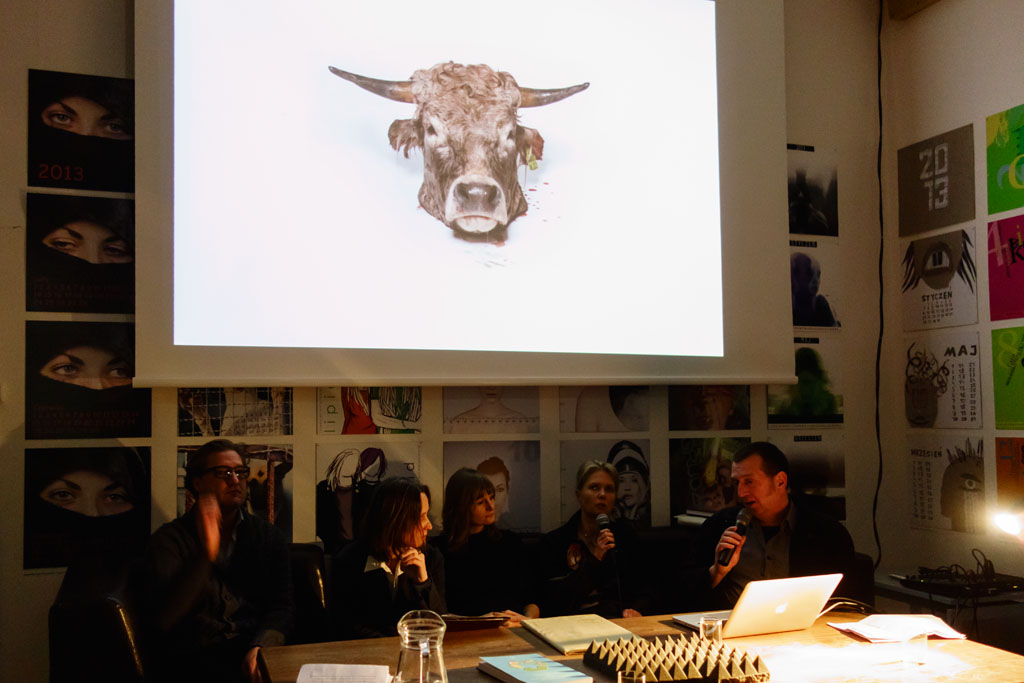
Brak komentarzy:
Prześlij komentarz